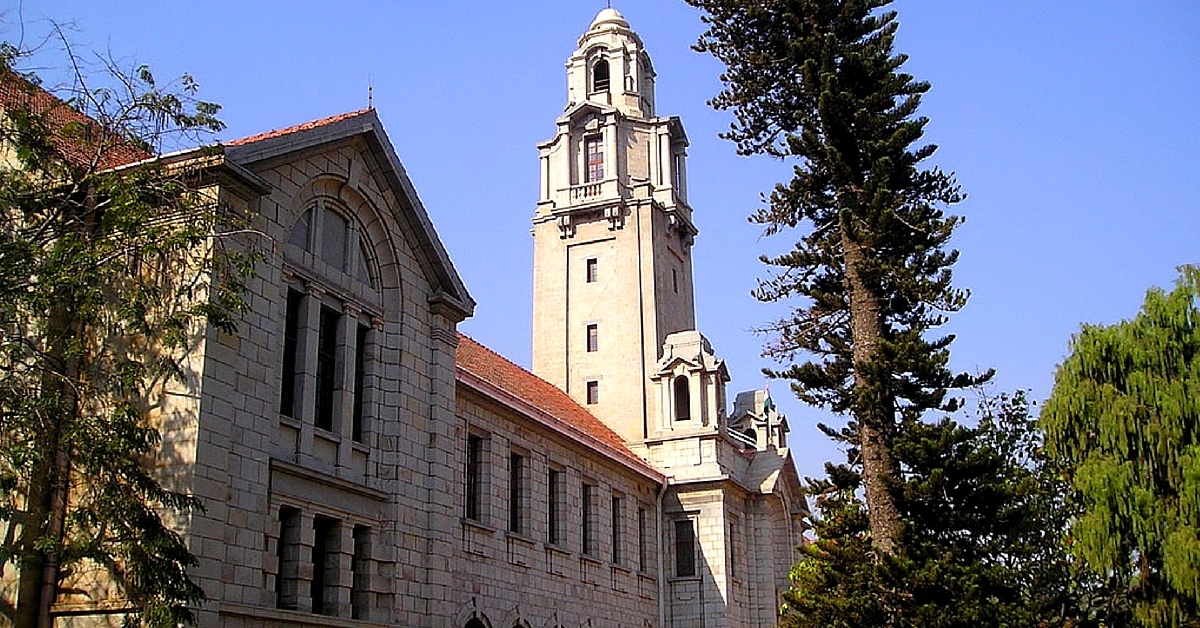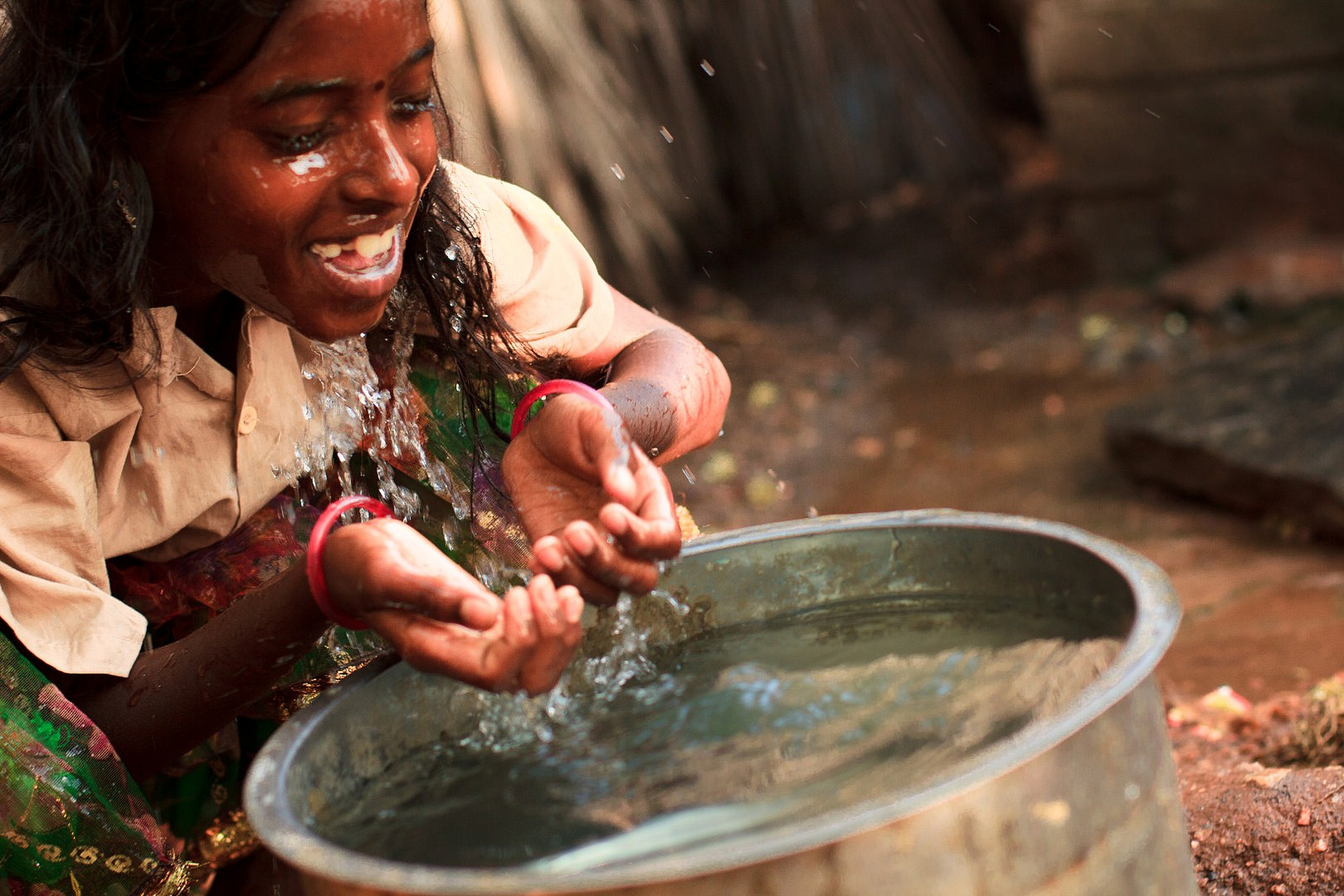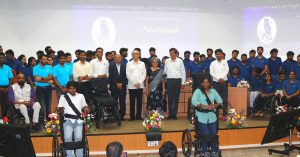These 8 IISc Inventions Will Make You Proud of India’s Innovations in Science and Technology
The Indian Institute of Science in Bengaluru has come up with many useful innovations in science, technology and healthcare. These have made detecting heart conditions and malaria, purifying water, and fixing cataract not just easy, but also affordable.

The Indian Institute of Science in Bengaluru has come up with many useful innovations in science, technology and healthcare. These have made detecting heart conditions and malaria, purifying water, and fixing cataract not just easy, but also affordable.
In the last decade, Indian Institute of Science, in Bengaluru, has churned out a lot of innovations, with the focus being on producing indigenous research and making them available to the country and the world at an affordable rate. From detecting heart conditions to making lenses affordable for cataracts patients, innovations in water purifying and discoveries in cancer drug treatments, here are eight additions to the future of science and technology in India:
Water Purification at a Nanoscale Level

Source: Flickr
In 2015, Dr. Suryasarathi Bose, Assistant Professor of Department of Materials Engineering and a team invented a water purifying system that could even eliminate harmful bacteria at a nanoscale level. The filter consisted of a porous membrane made of two polymers, along with minute quantities of silver, titanium dioxide and carbon nanotubes. The pores filter out the micron-sized bacteria, while the silver-titanium-carbon mixture kills the bacteria.
A Solar Water Purifier
Another twist to the water purifier, this innovation by Professor Vasant Natarajan, from the Department of Physics is low cost and does not require membranes or electricity. According to Natarajan, this device could purify all kinds of water – sea, bore well, ponds, even rain water – into drinkable water, and produce 1.5 litres out of 3 litres of impure water. Explaining how the device works, he said that first the water is evaporated using solar energy, and then the vapours are condensed on a cold surface. What’s left behind is all the impure substances such as bacteria, arsenic, and fluoride.
A Non-hazardous Stain for Scientists

Source: pixabay.com
Researchers in labs often work with a number of chemicals and hazardous materials that could affect their health. Acid stains are used to test a number of chemicals that is probably carcogenic. In March 2016, J Fathima Benazir developed a stain that, if replaced with acid stains, could help researchers reduce their exposure to harmful chemicals. The new stain called Tinto Rang is made from plants, and is even safe for consumption. This indigenous invention could also be the safest in the world, according to Benazir.
Non-invasive Heart Condition Detector
A non-invasive device that can measure heart and lung, called the Fibre Bragg Grating Heart Beat Device, was invented by S Asokan, Professor at Department of Instrumentation and Applied Physics and his team. The device simply needs to be wrapped around a person’s chest, while the sensors detect cardiac activities, measure blood pressure, count blood glucose levels, and monitor respiration. Made of an optical fibre sensor, this device can easily help detect heart conditions early.
A Vaccine to Combat Hepatitis C

Source: Publicdomainpictures.net
In India, 20% chronic liver disease has one cause: hepatitis C virus, which spreads through blood contact, and affects 12 million people. It causes severe liver problems, sometimes even ending up in cancer. In February this year, a team of scientists led by Professor Saumitra Das developed a vaccine that could produce the antibodies to fight the virus. Right now, the vaccine is still being tested on animals, but the results are promising, according to Das.
Read More: Scientists from IISc Develop a Unique Vaccine to Combat Hepatitis C
Smartphone-Turned-Malaria-Detector
Ever thought one could detect malaria through a smart phone? Dr Sai Siva Gorthi, from the department of Instrumental and Applied Physics and her team did so. They converted a smartphone into a powerful microscopic device that eliminates the various stages of blood testing to detect malaria. The team replaced the phone camera with high resolution optics of a microscope. The smartphone also has software that studies the images captured through the microscope and tells even a layman whether it has the malaria virus or not. It requires a tiny amount of blood as a sample.
A Revolutionary Cancer Molecule Inhibitor

Source: Publicdomainpictures.net
In 2012, Sathees C Raghavan, associate professor with IISc’s biochemistry department and his team developed a molecule inhibitor, SCR7, which could revolutionise cancer treatment. In 2014, scientists at MIT tested the molecule and discovered its efficiency and potential in becoming an integral part of anti-cancer drugs. The molecule inhibitor binds with the cancer cells to block its DNA from repair, thereby killing the cancer cells. While the drugs are still under research, the fact remains that an Indian team was vital in creating an anti-cancer drug.
Affordable Lens to Give Vision to Cataract Patients
In a life-saving innovation by Professor G. Mohan Rao at the Department of Instrumentation in 2015, many people who suffer from cataract are now able to see. The team developed economical intraocular lenses (IOLs) in their labs that could be affordable for even poor patients. They succeeded, after months of trials, in creating a thin film of ‘tetraflouroethane’ coating on IOL. This IOL replaces the natural lens in the eyes of a cataract patient. So far, IOLs developed abroad were expensive and inaccessible to most Indians. This, however, changed when Rao and his team succeeded in their tests and transferred the technology to AUROLAB, which now produces these lenses.
Read More: Intra Ocular Lenses that Cost a Tenth of Imported Ones and can help Millions of Cataract Patients
Featured image source: Wikimedia Commons
Like this story? Or have something to share? Write to us: [email protected], or connect with us on Facebook and Twitter (@thebetterindia).
This story made me
- 97
- 121
- 89
- 167
Tell Us More
We bring stories straight from the heart of India, to inspire millions and create a wave of impact. Our positive movement is growing bigger everyday, and we would love for you to join it.
Please contribute whatever you can, every little penny helps our team in bringing you more stories that support dreams and spread hope.


















